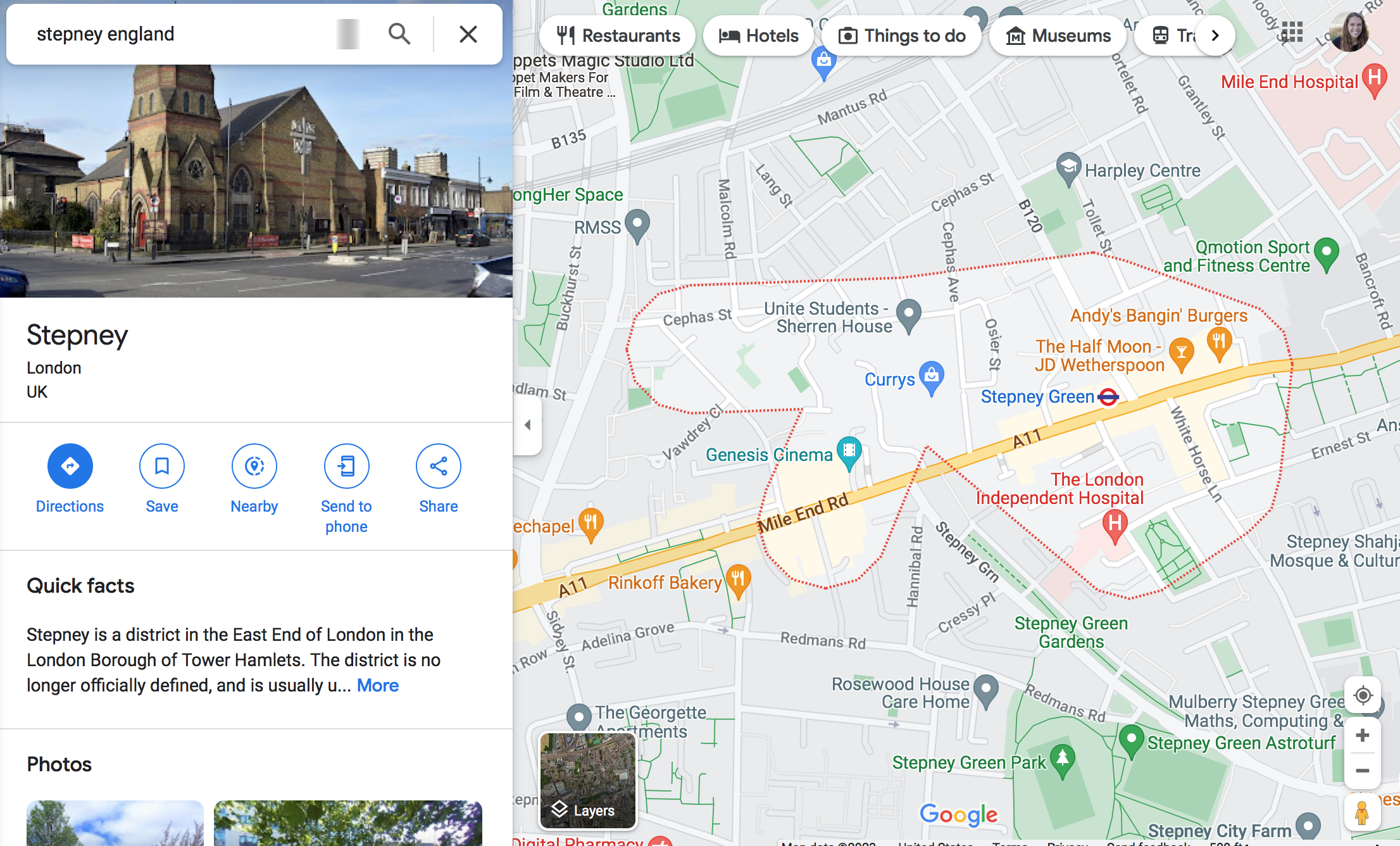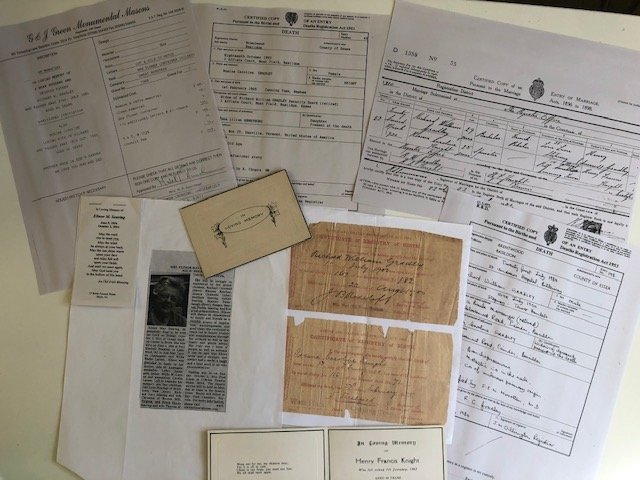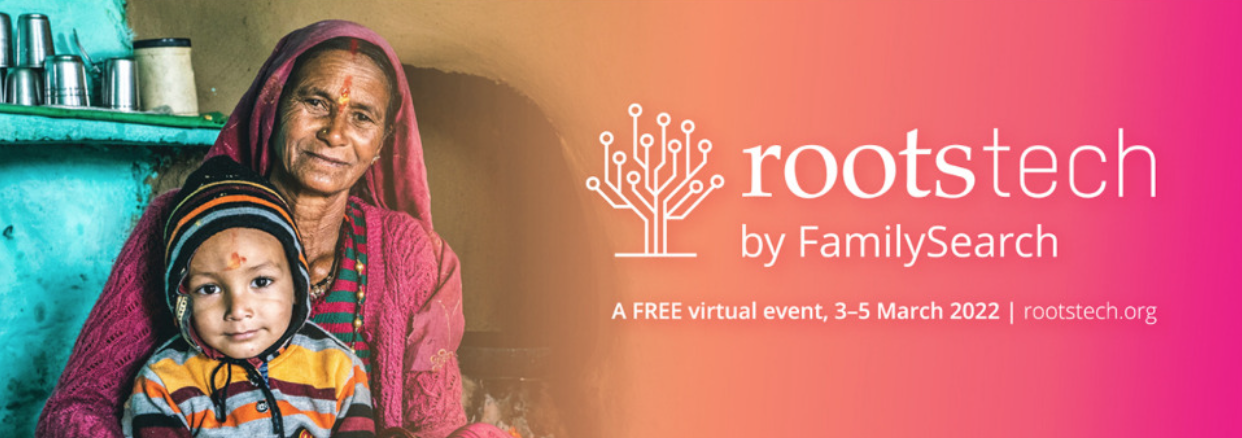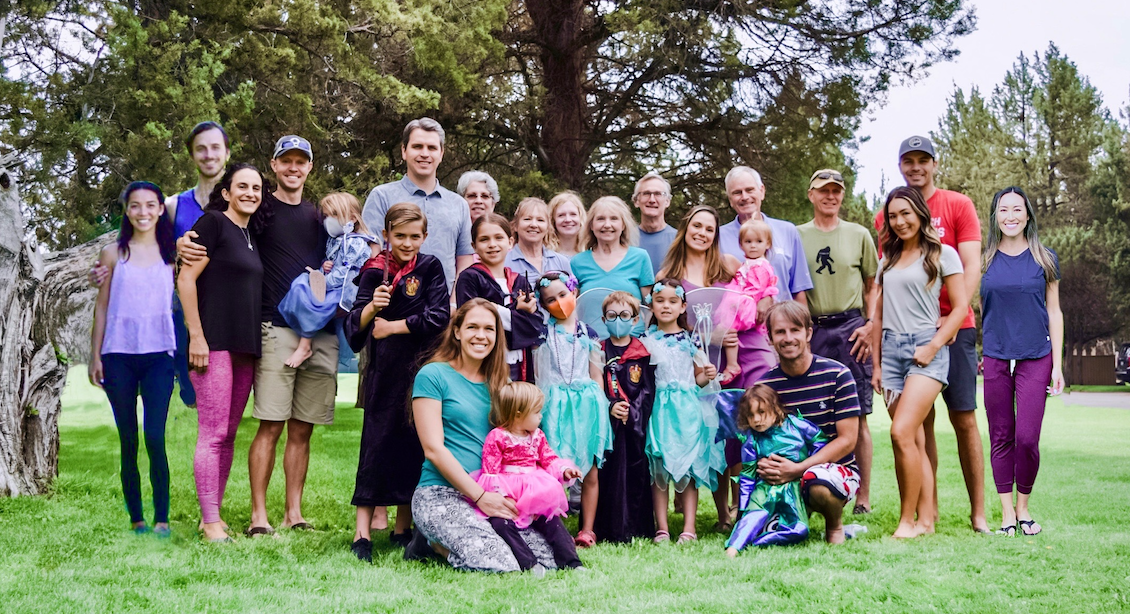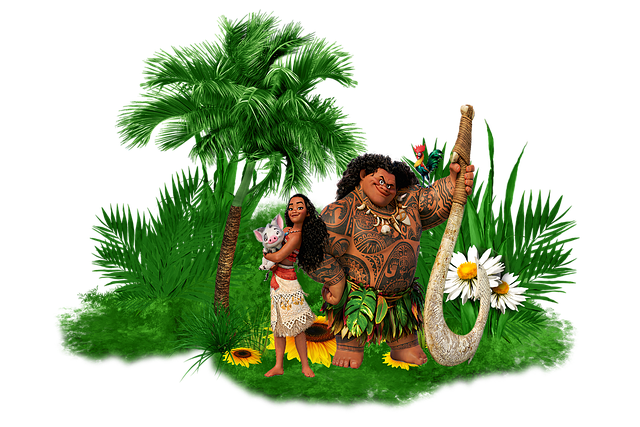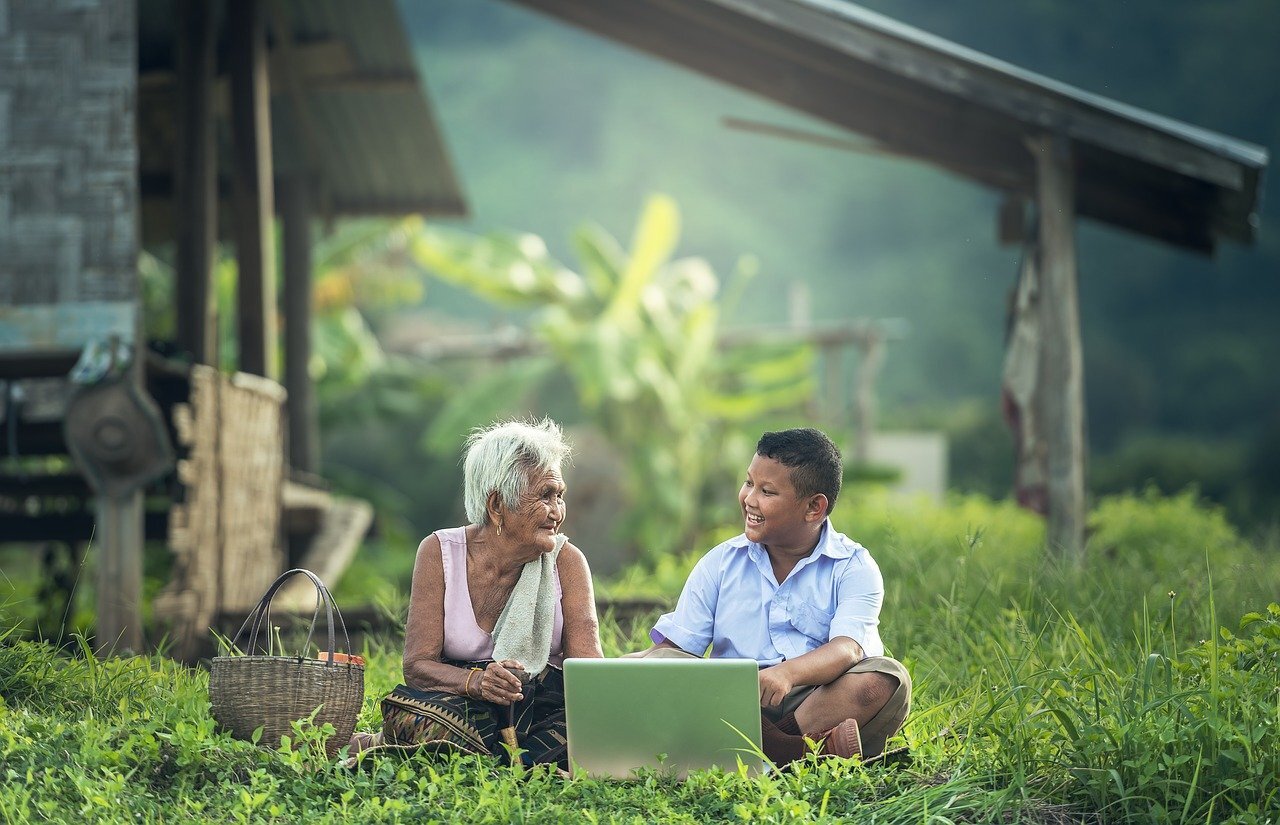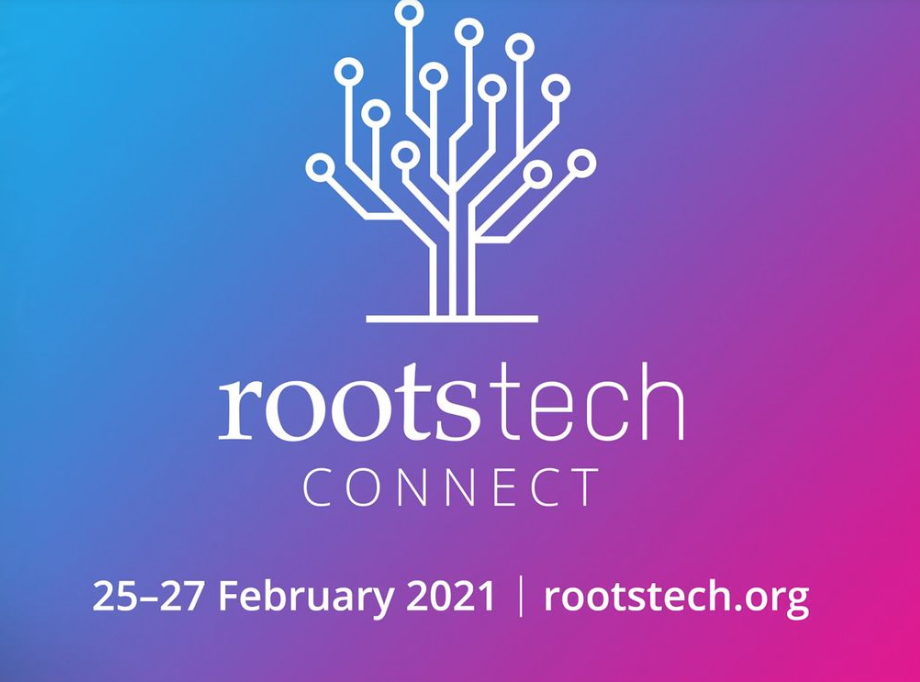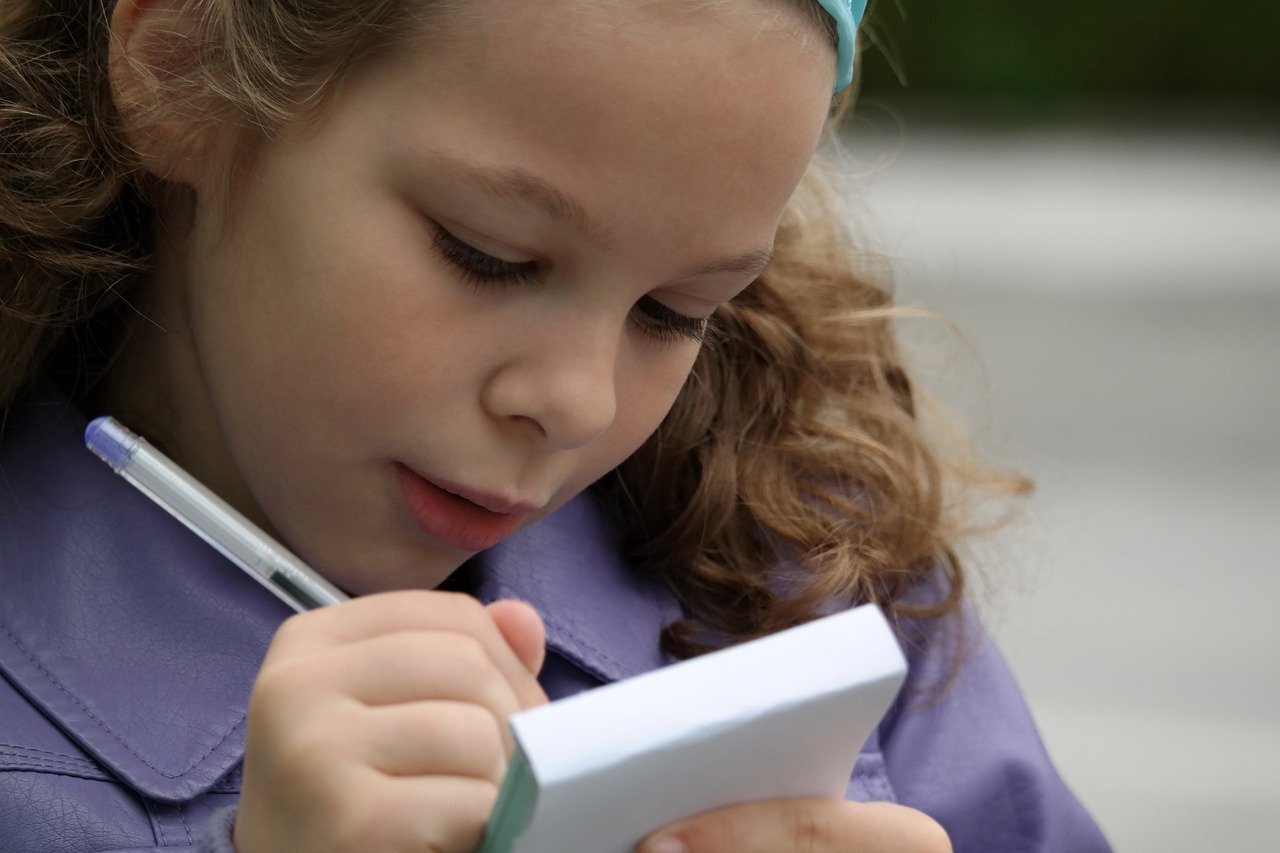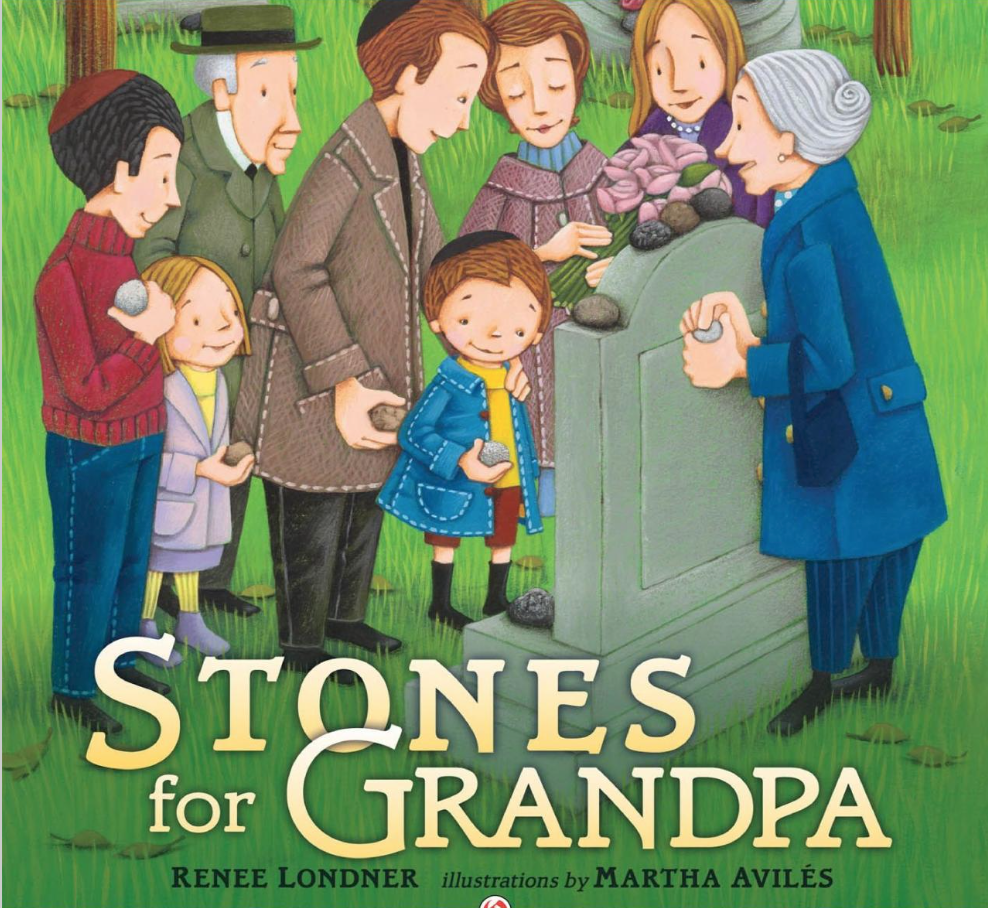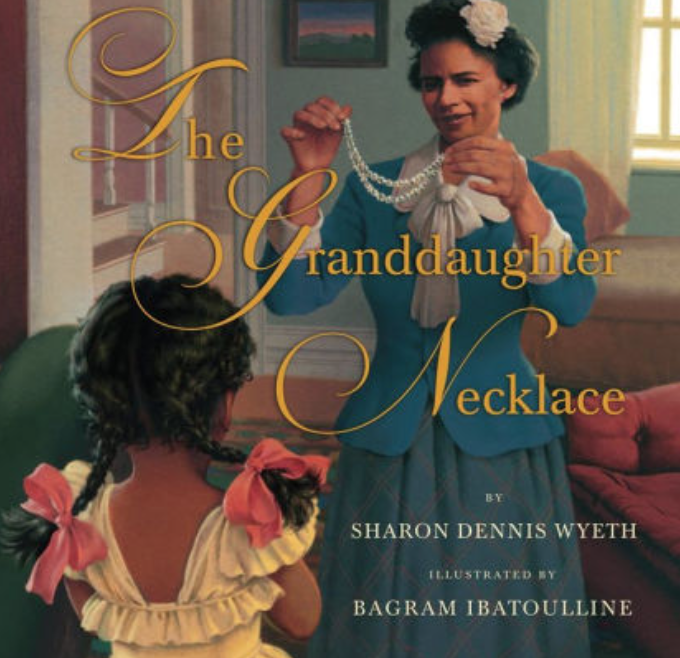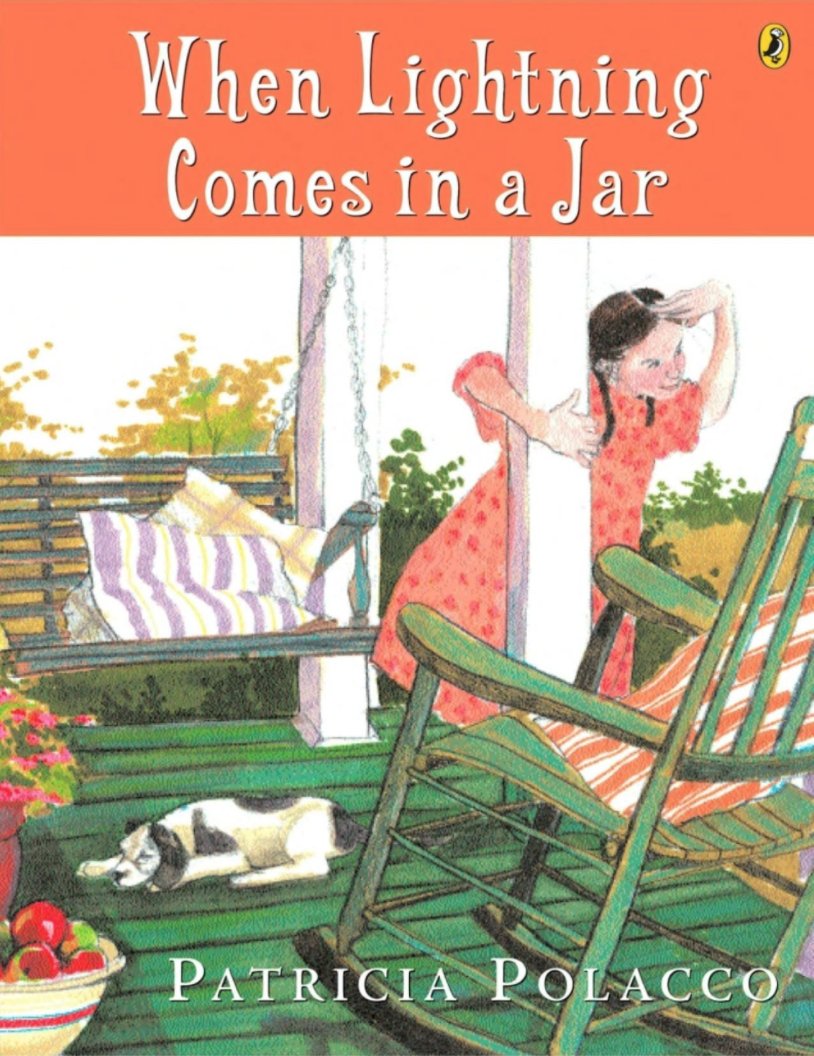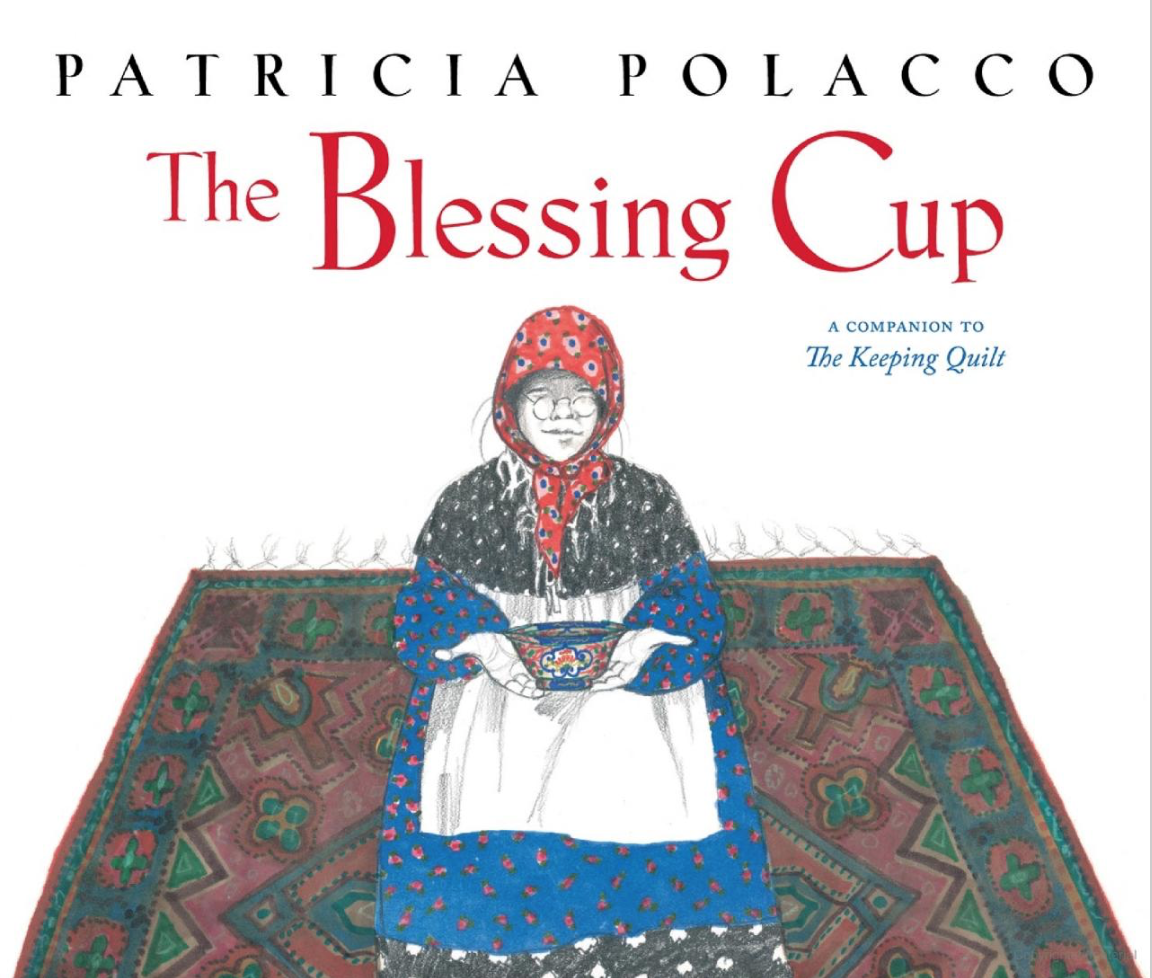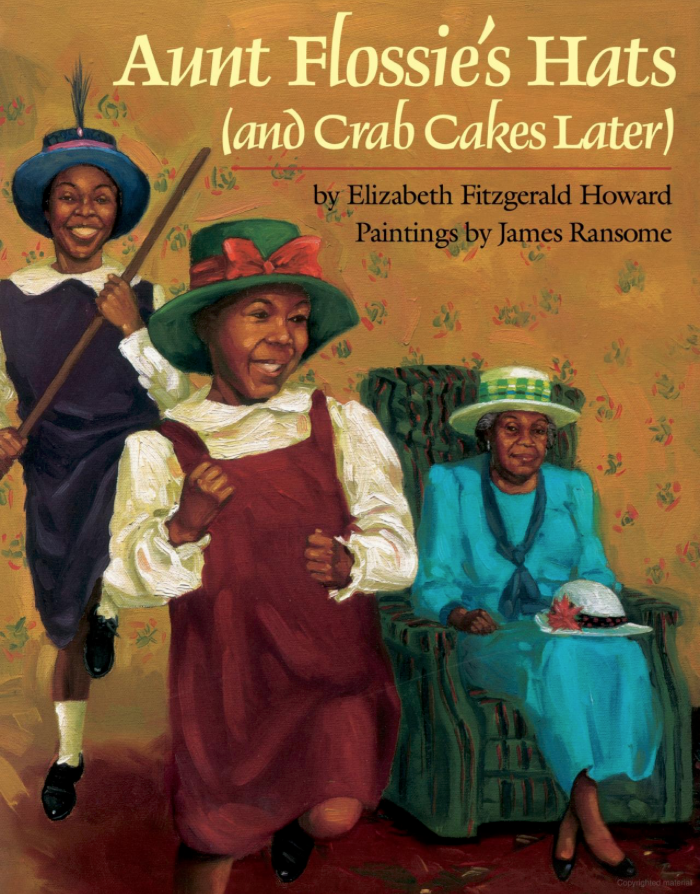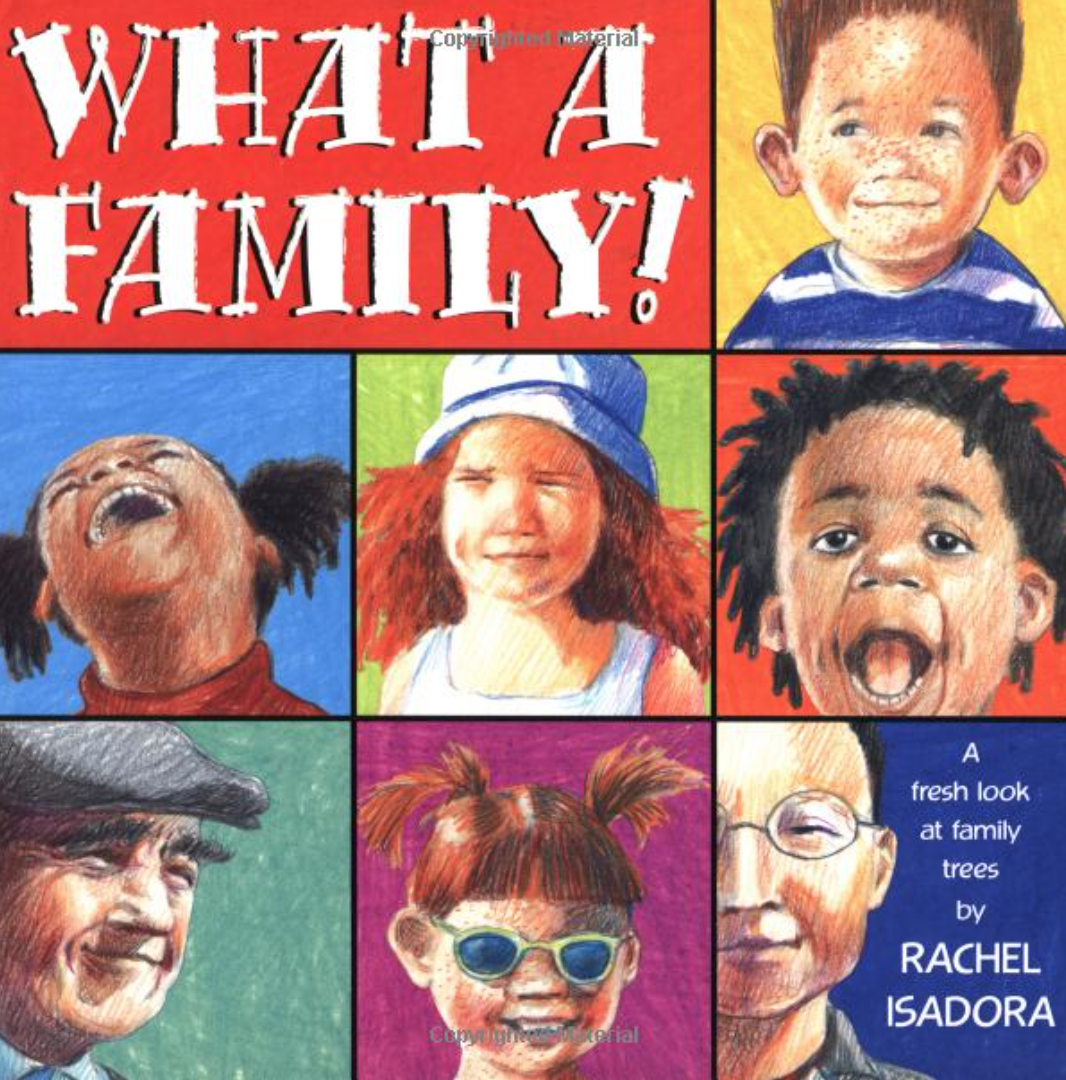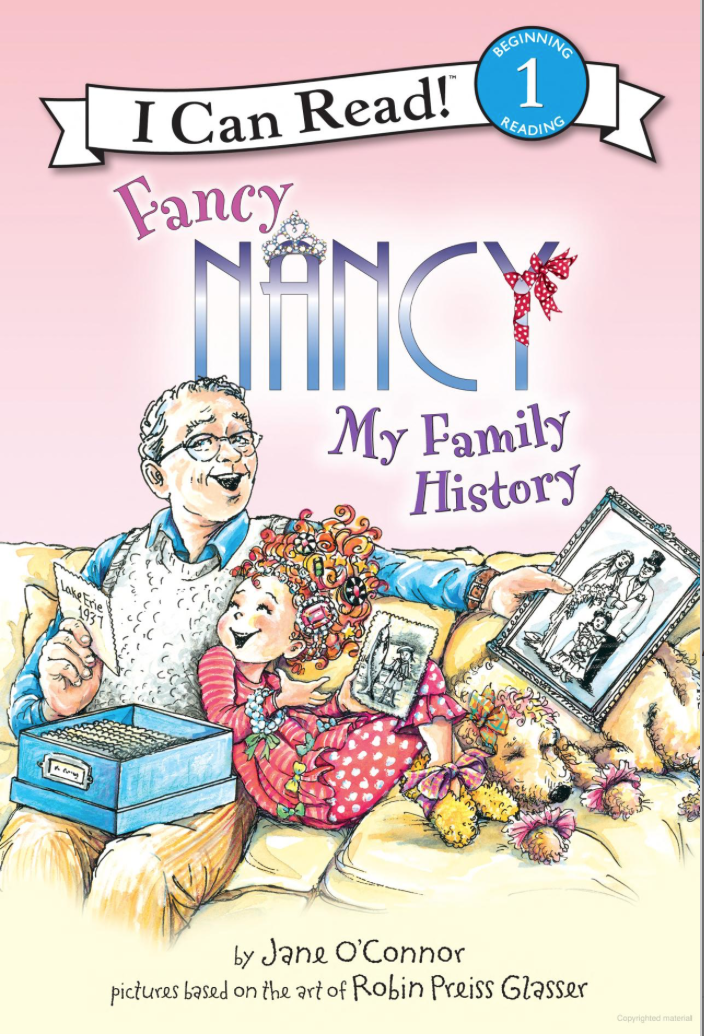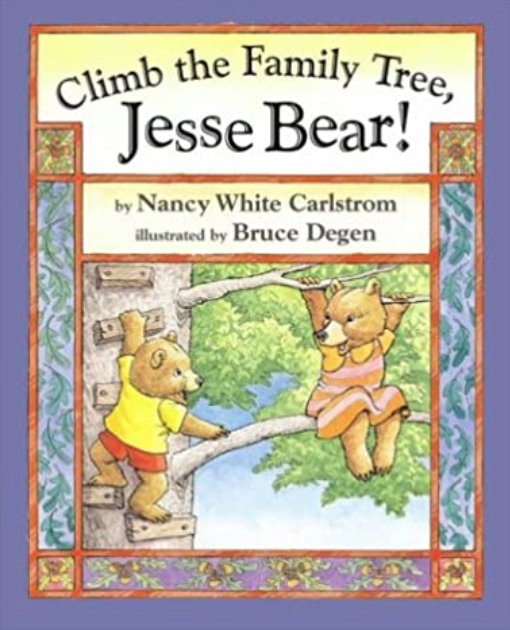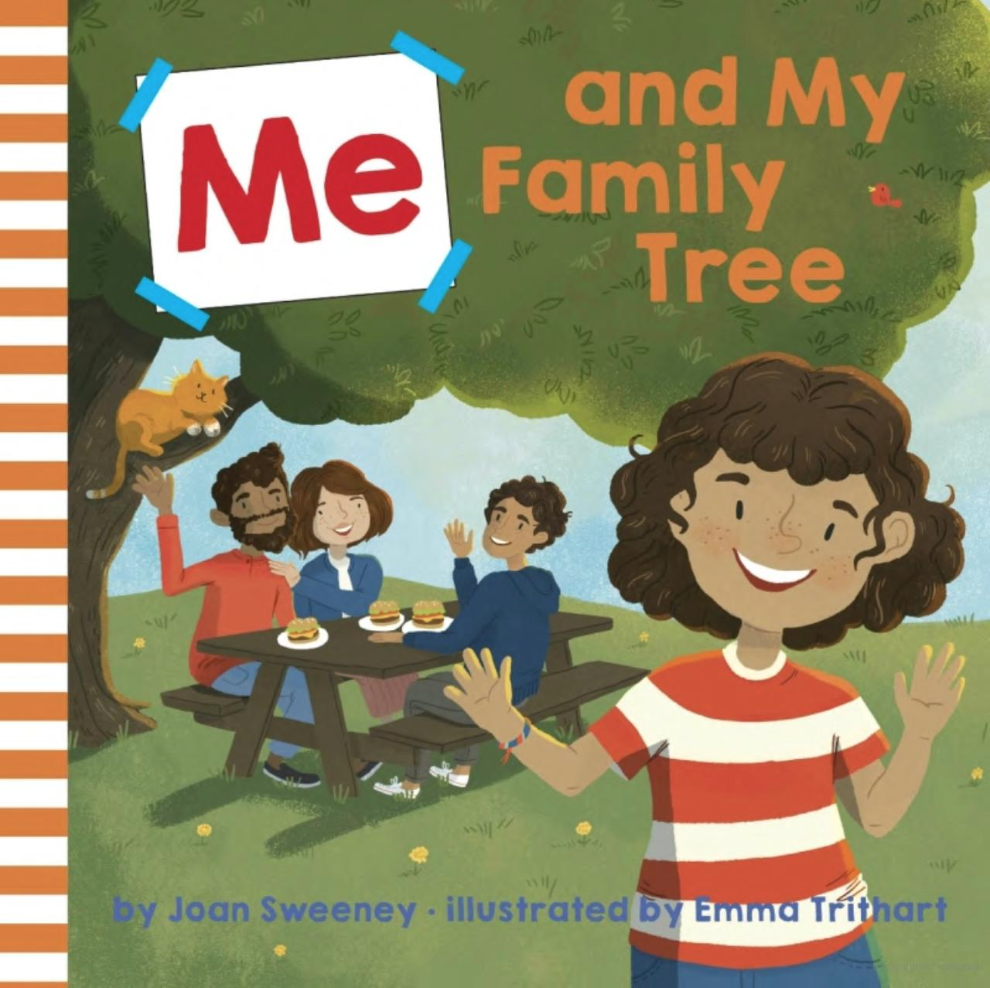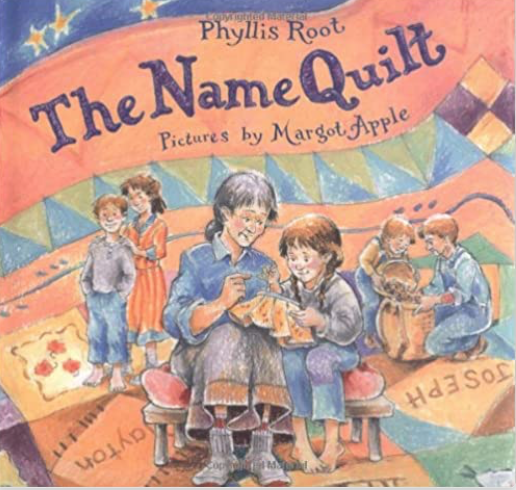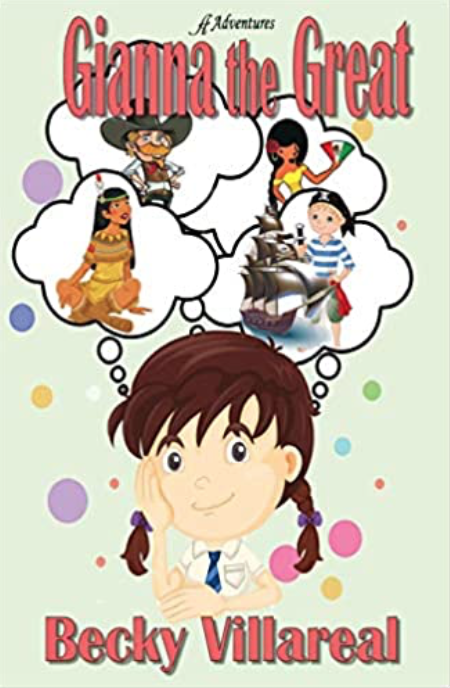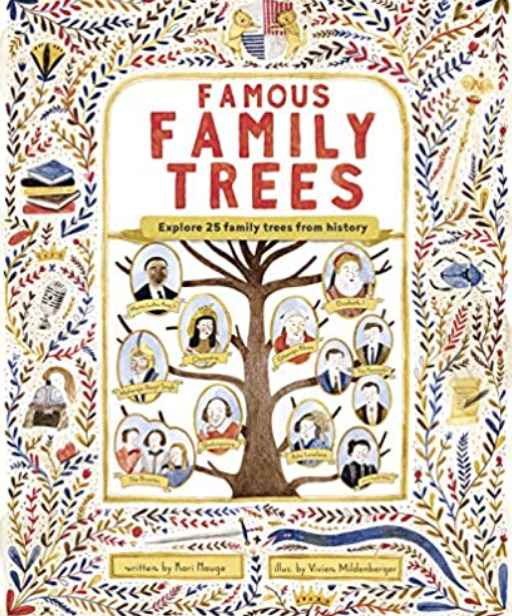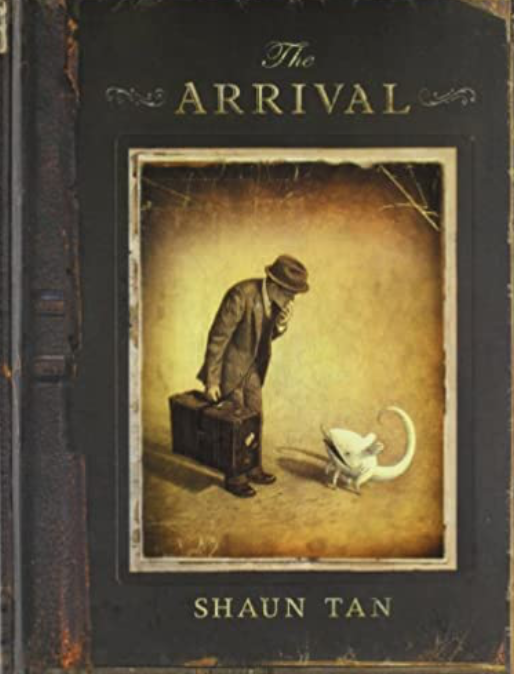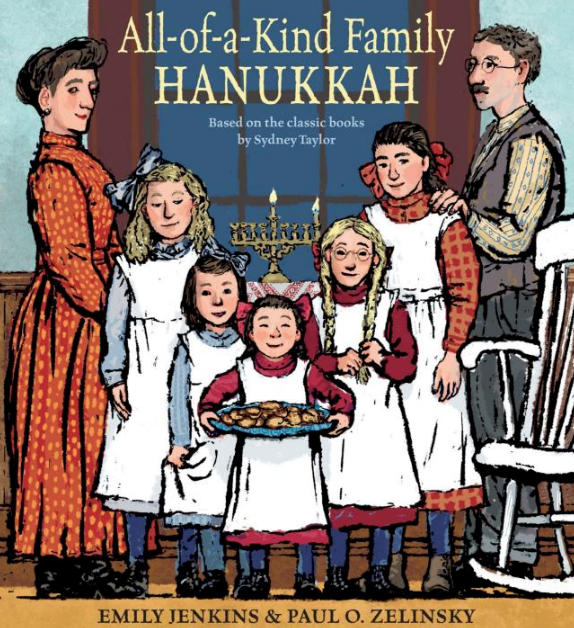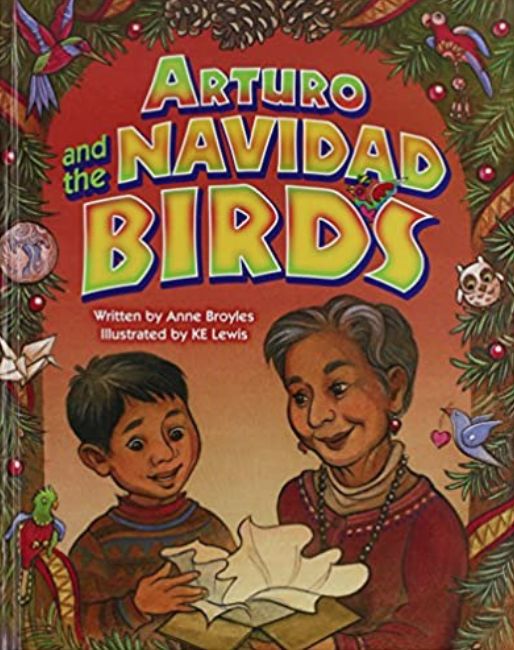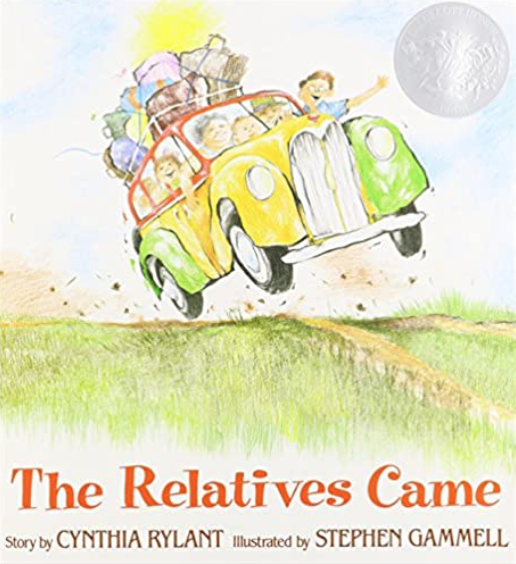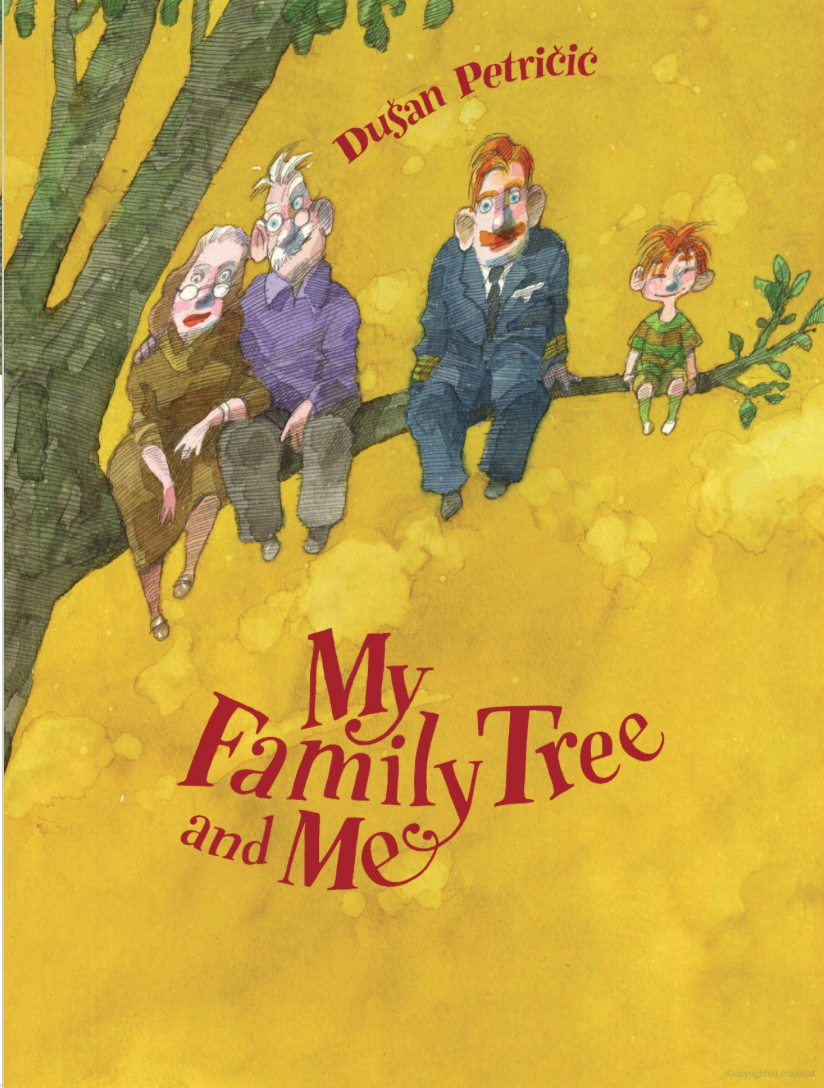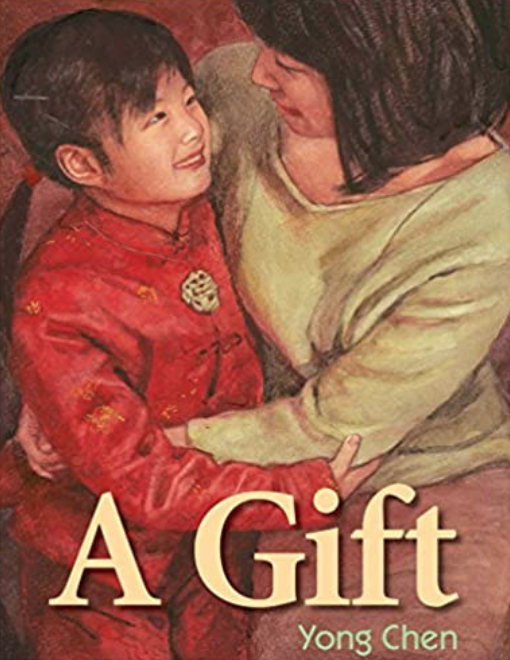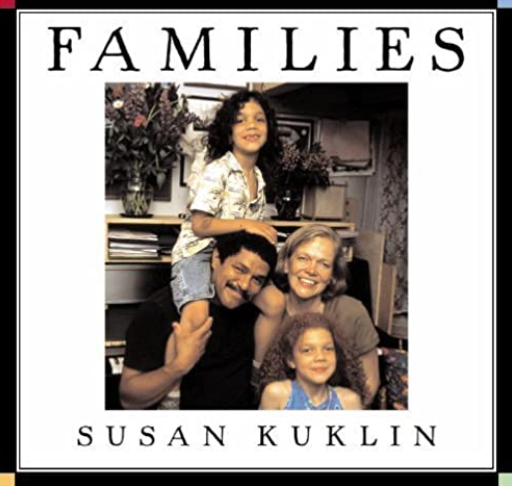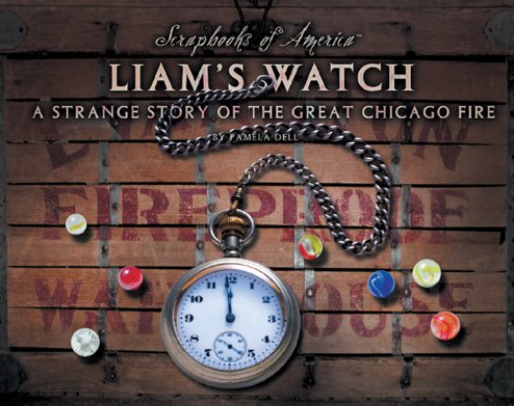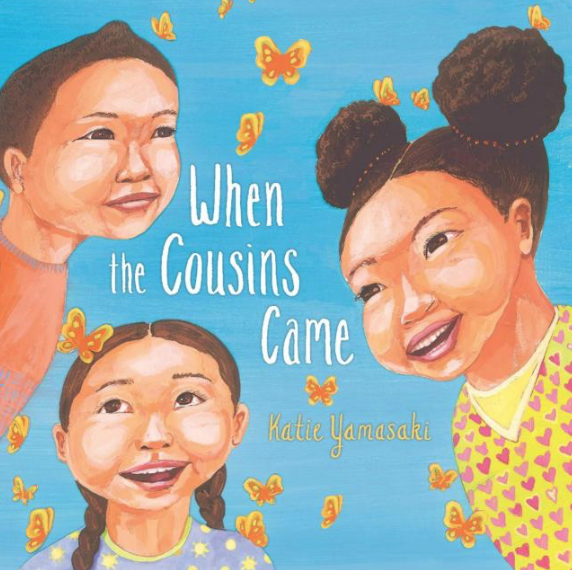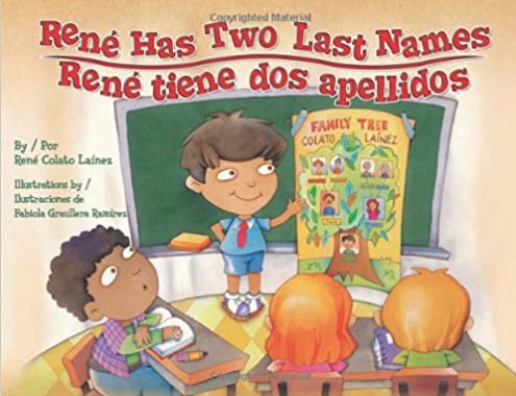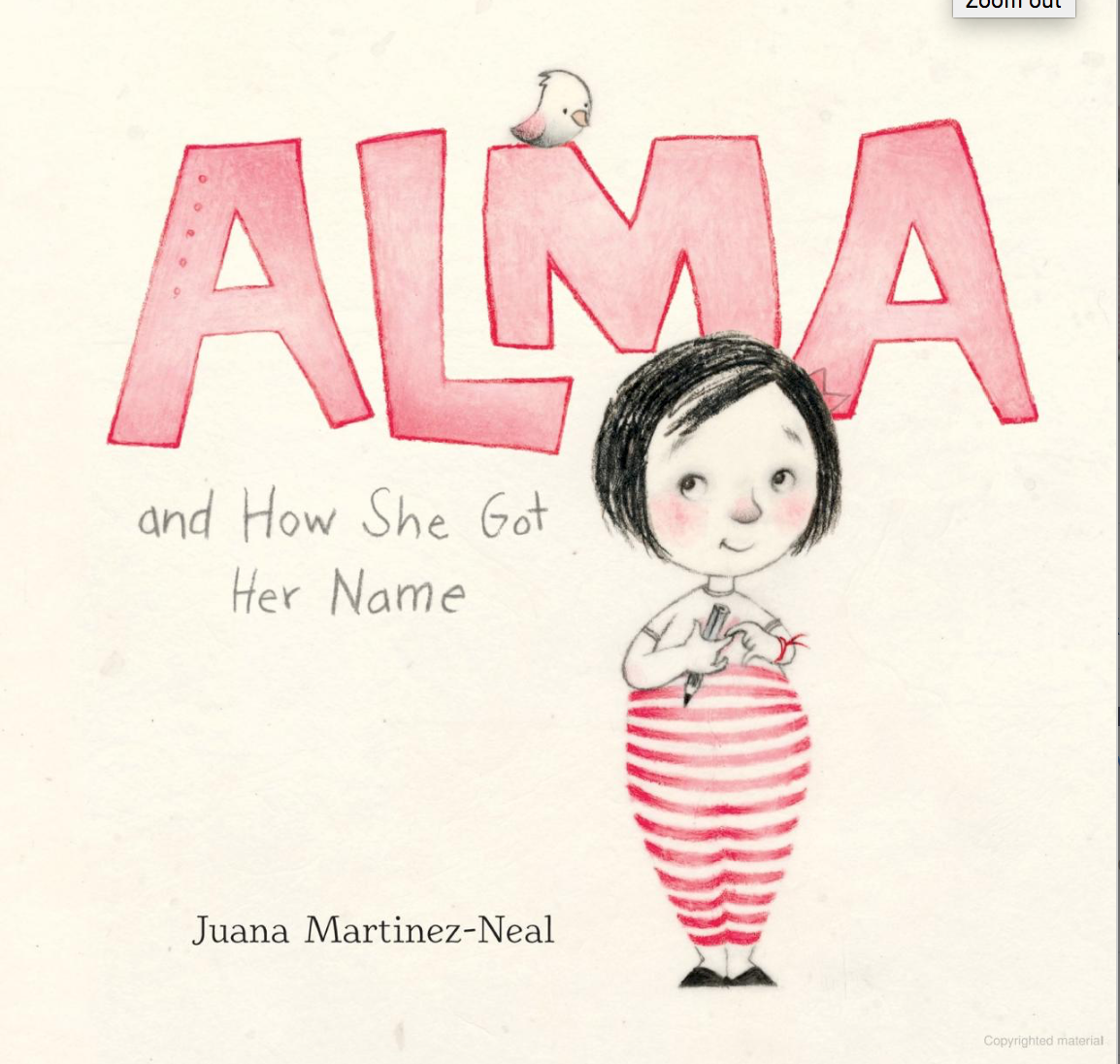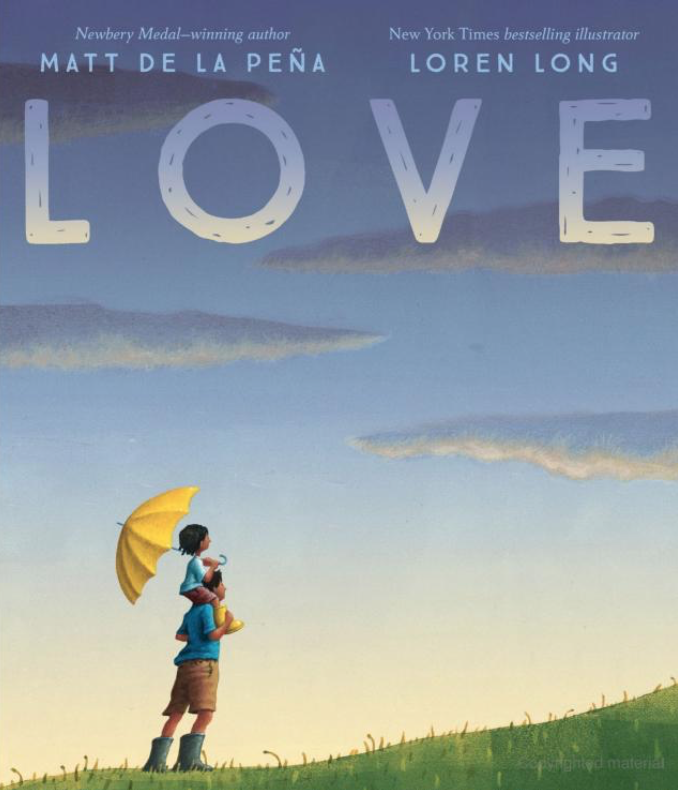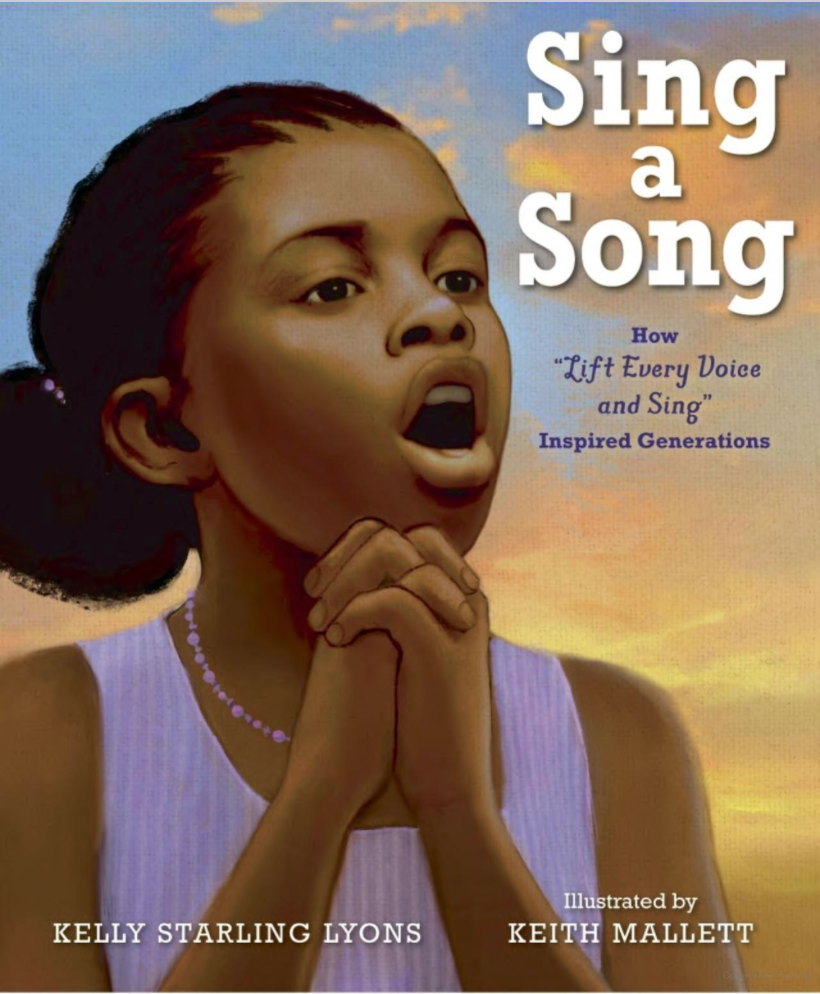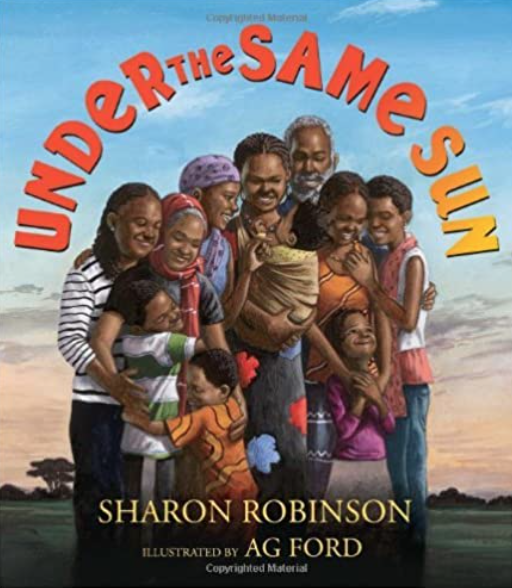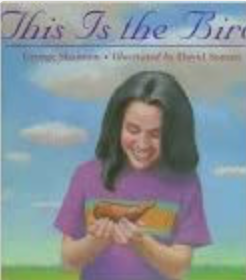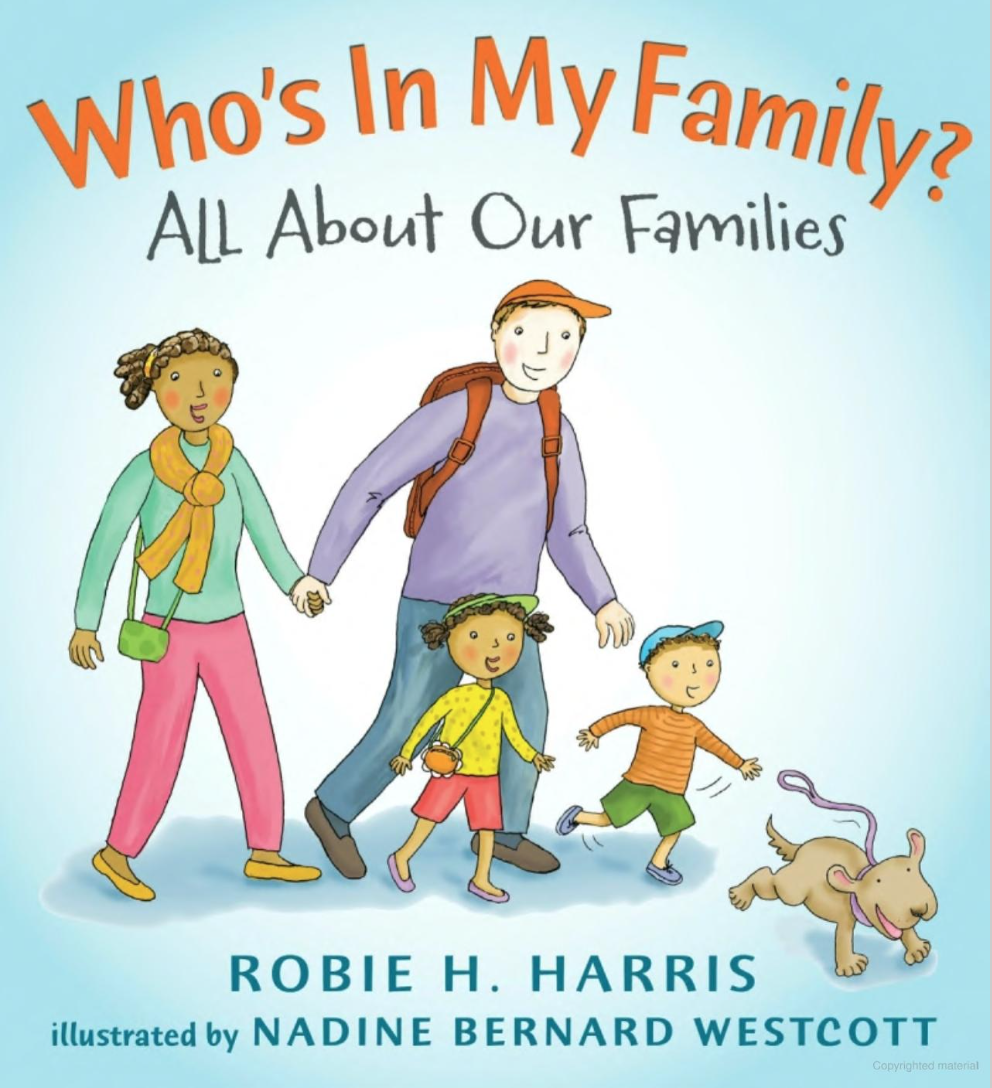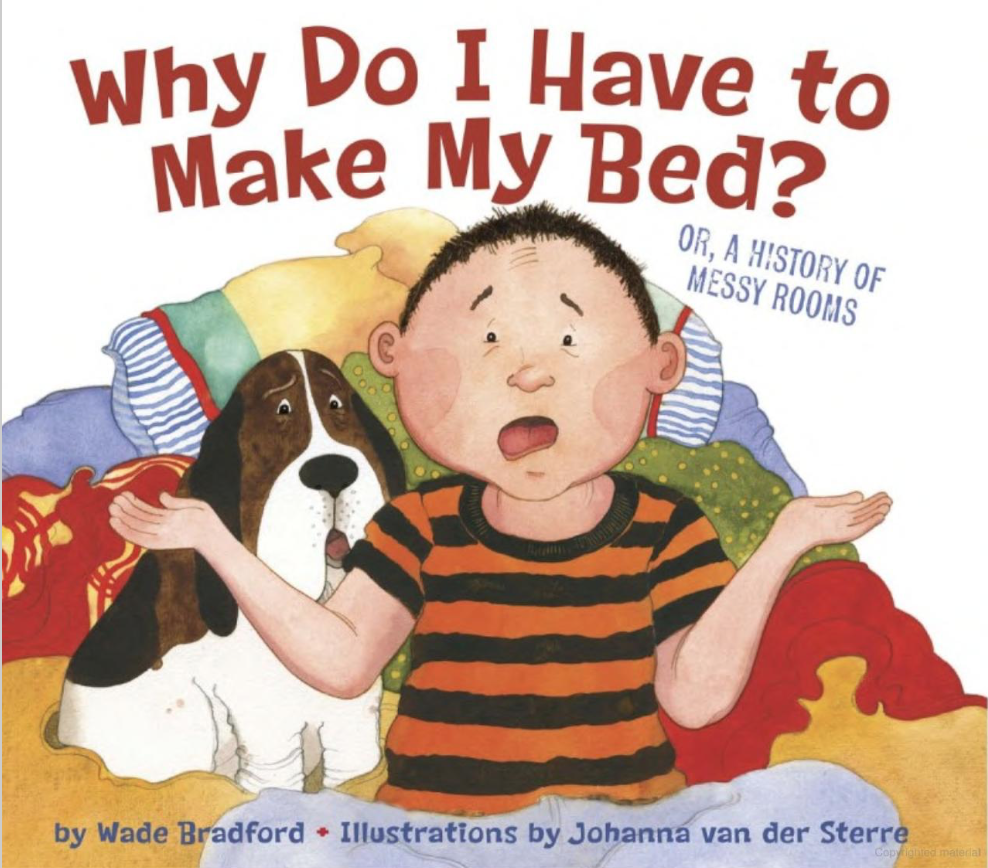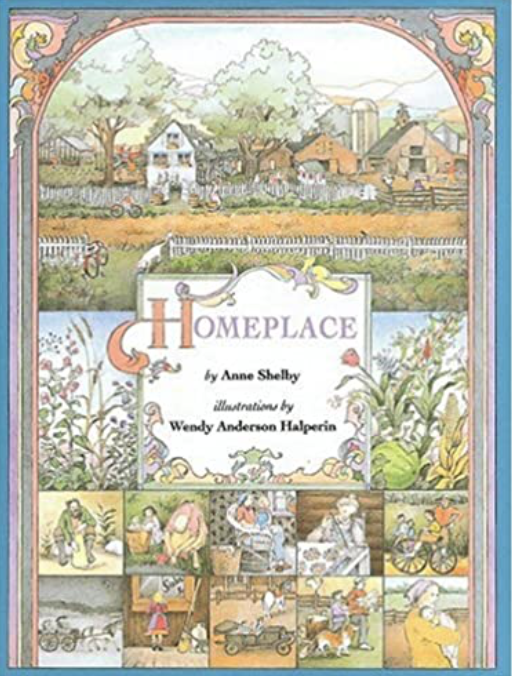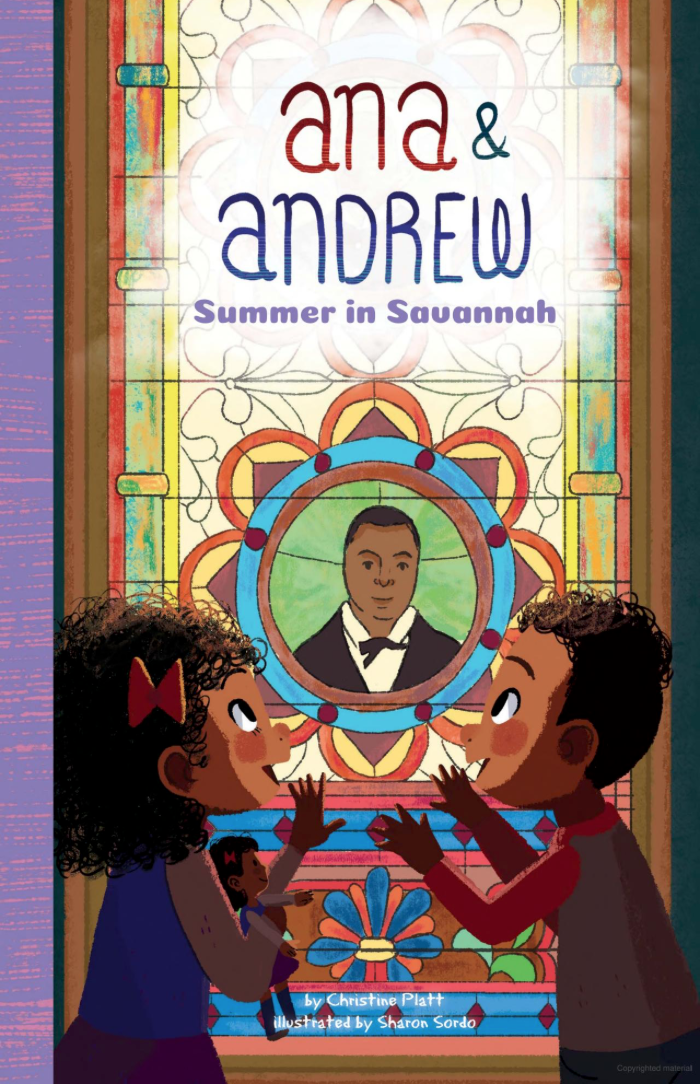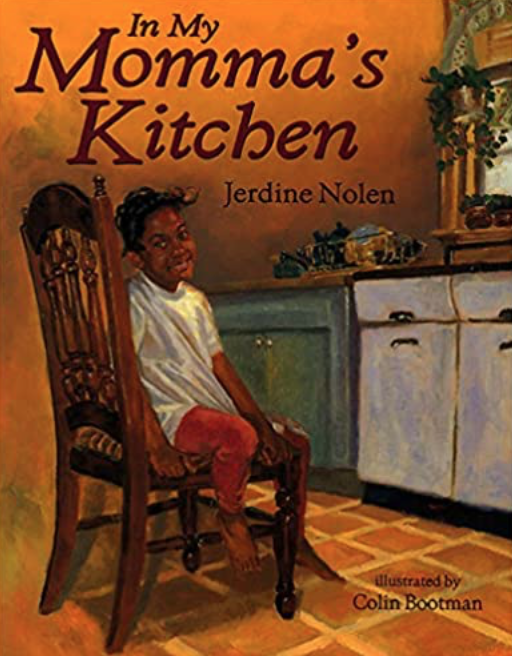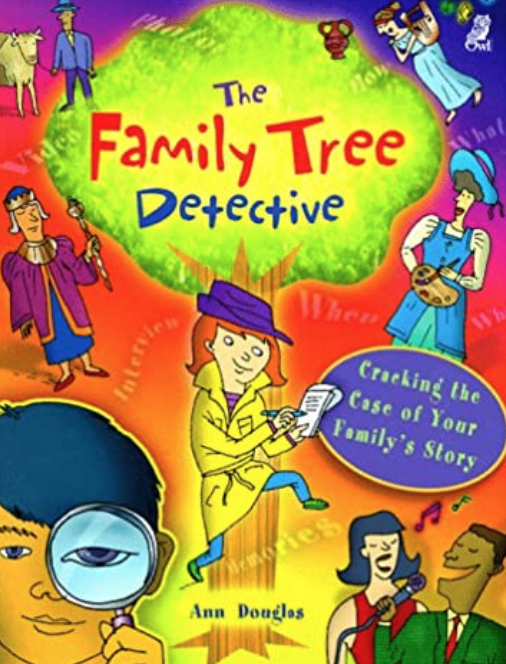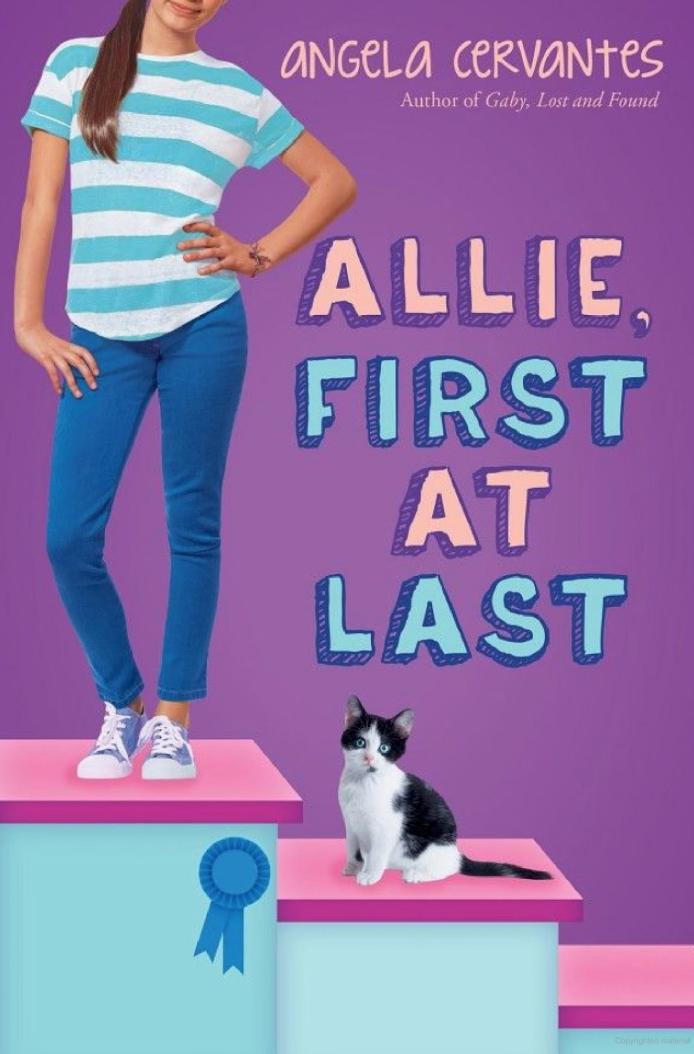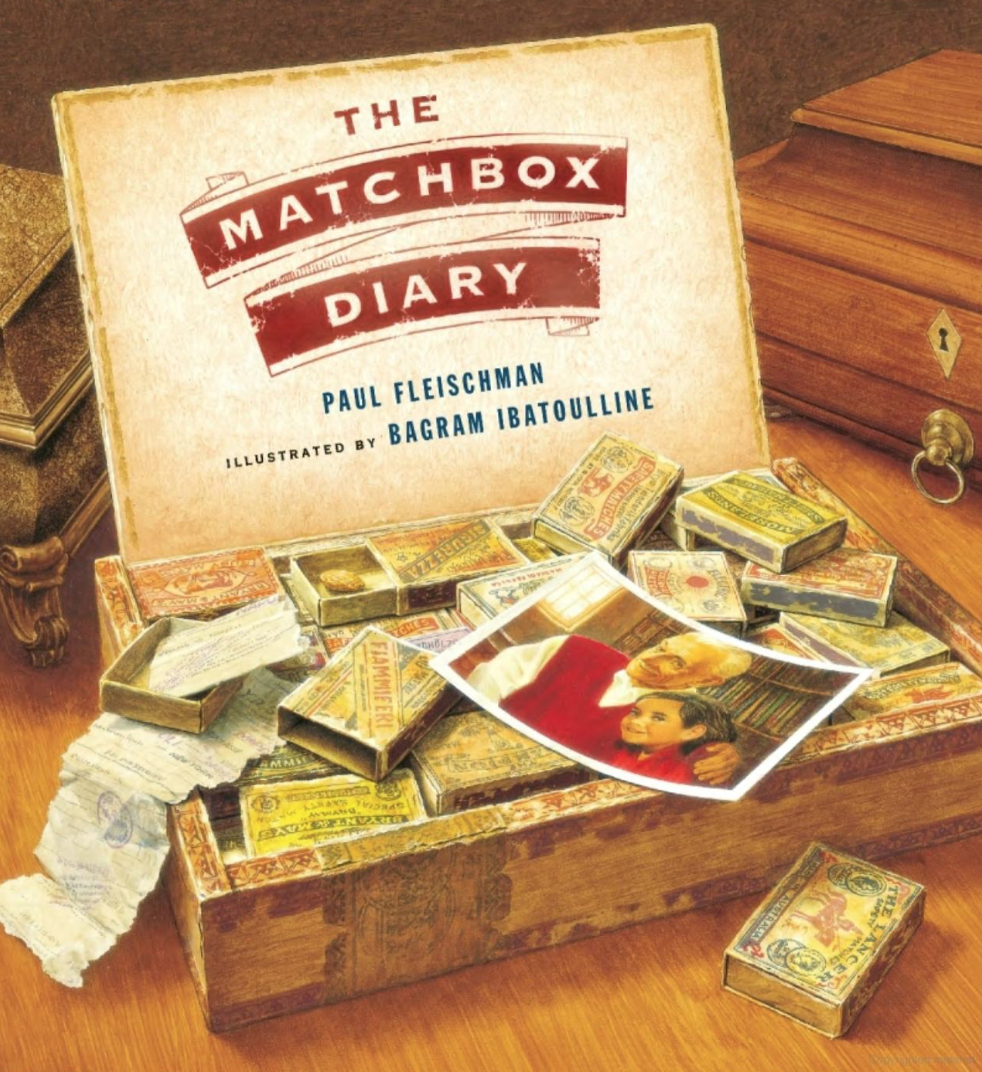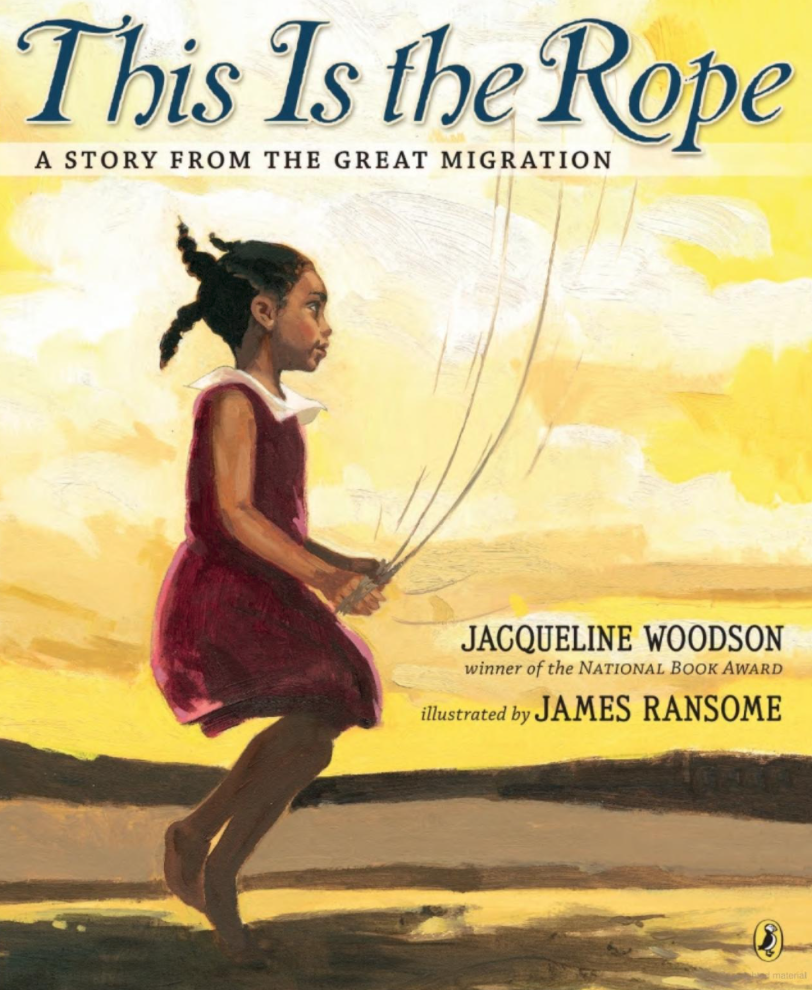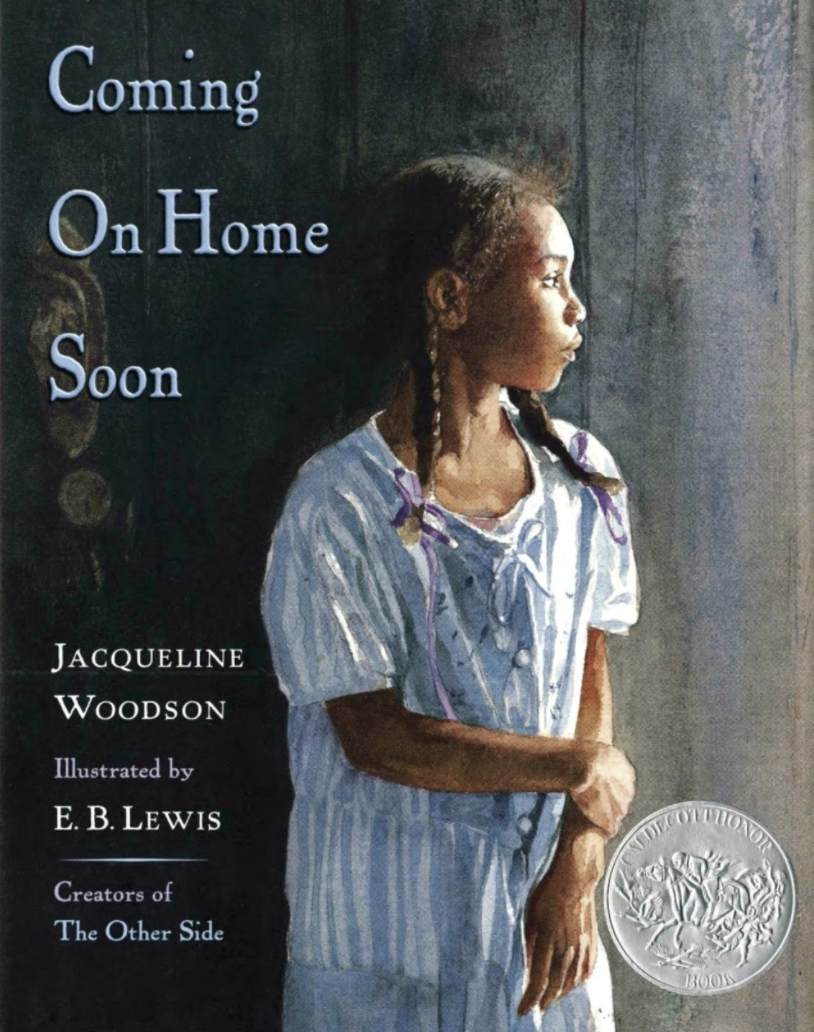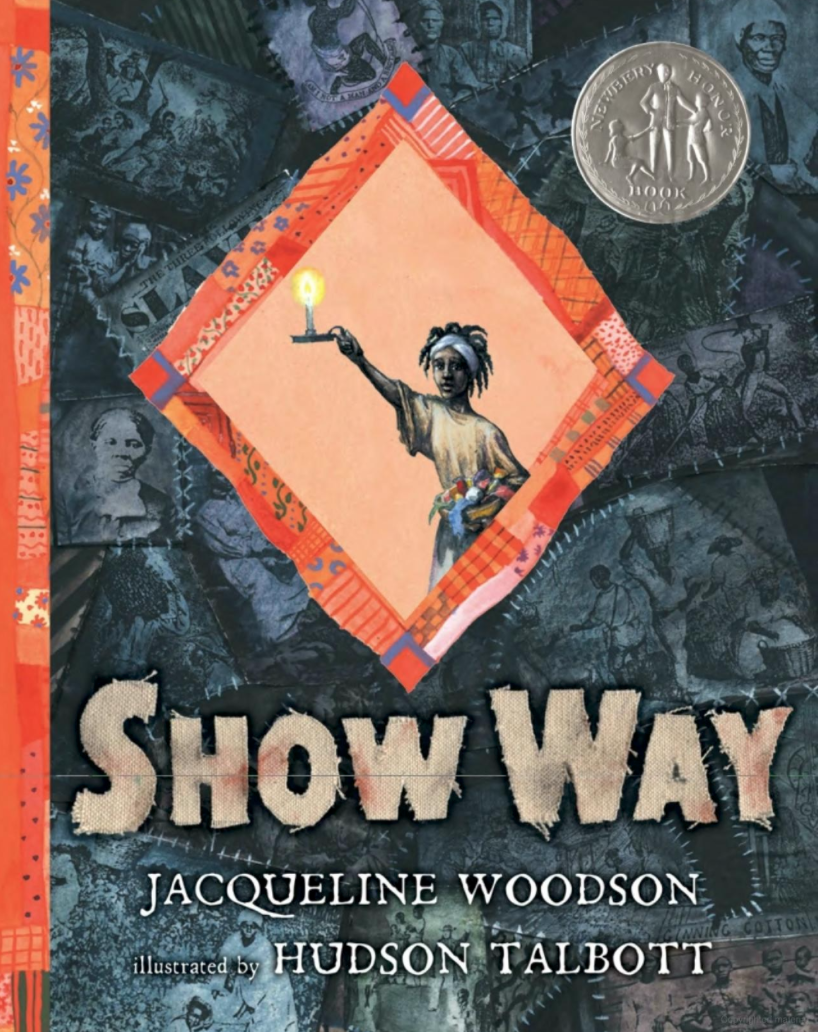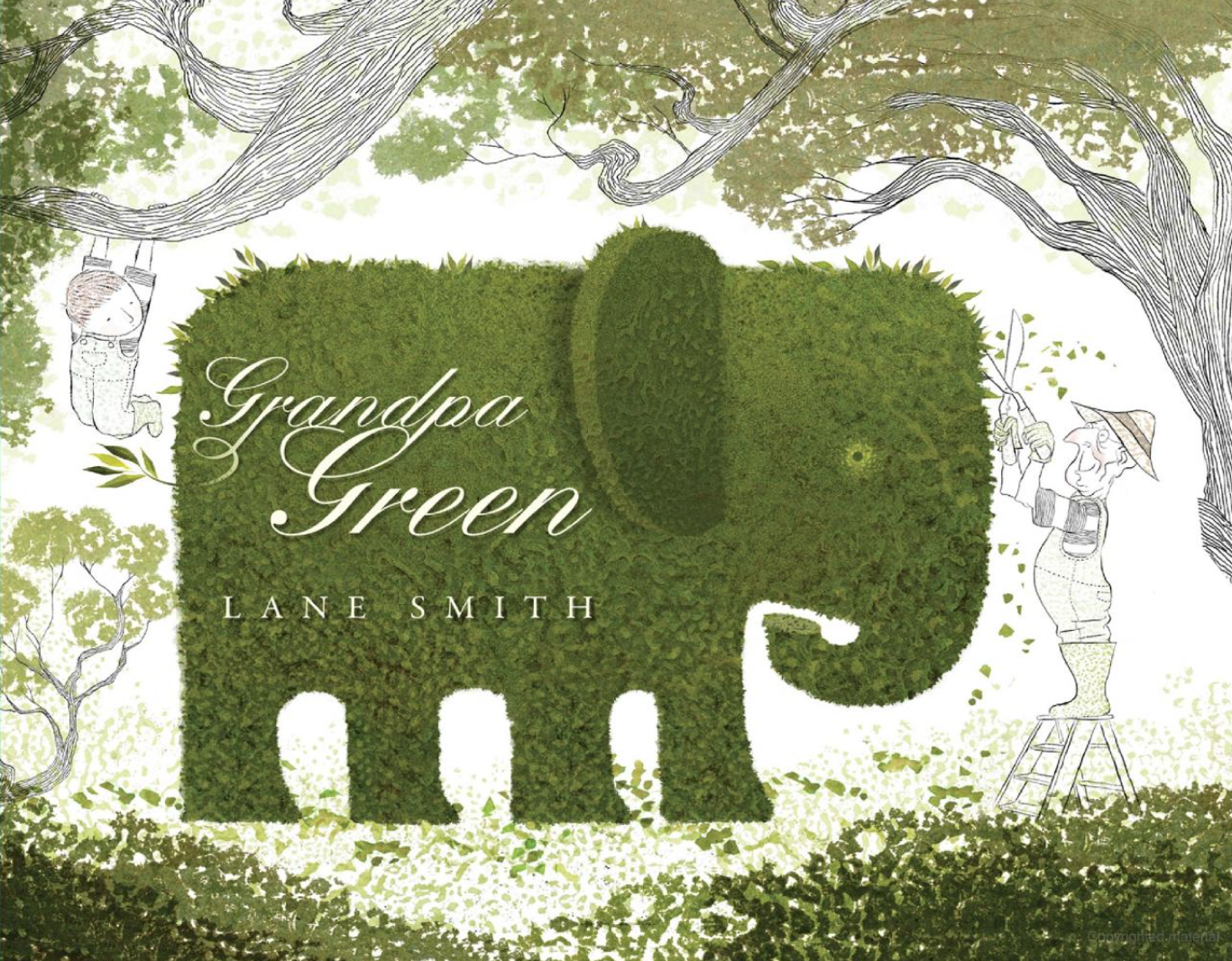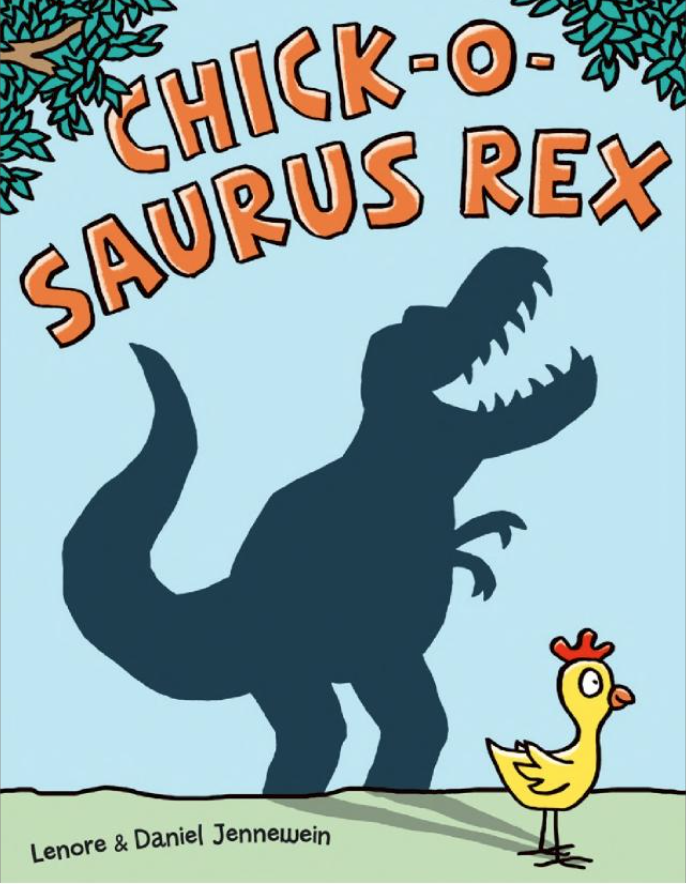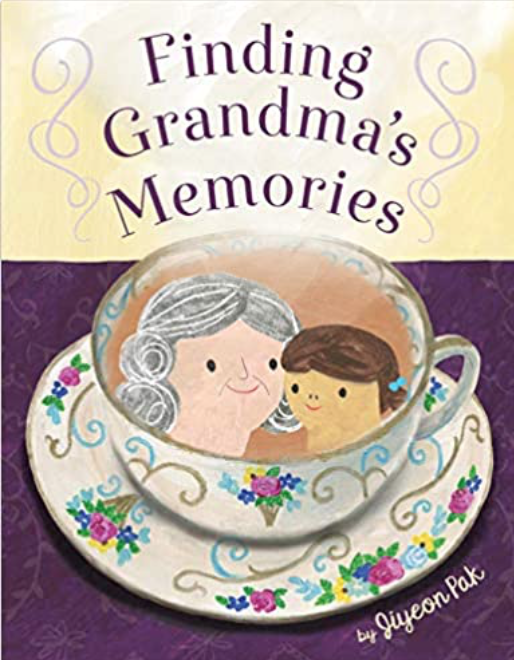“A life that is not documented is a life that within a generation or two will largely be lost to memory.… Knowledge of our ancestors shapes and instills within us values that give direction and meaning to our lives.”
— Dennis B. Neuenschwander
Interviewing relatives will help stories of our loved ones be remembered and used to bless our posterity. Finding stories is not just limited to asking relatives. You can ask questions to anyone who knew your ancestors while they were alive. Time spent interviewing grandparents or any family member is a beautiful and bonding experience that will create cherished memories for everyone involved. There is so much information and so many stories you can learn from them. Once they pass away, questions that would have been so easy to ask cannot be answered or will take much longer to be answered. The sooner you can do the interview the better because as people get older they may become forgetful or pass away before you get the chance to ask questions.
To prepare for the interview, contact the person who will be interviewed. Set up a day and time so both participants can be mentally prepared. This will also help ensure that the interviewee is not caught off guard and distracted when you begin asking questions. Follow-up questions are easier to do spontaneously but for the first interview it is best to prepare. I have found that when I ask family members if I can interview them, they may be hesitant because they are uncertain of what it entails. You can explain to them that it is not something to be intimidated by. It will be a discussion consisting of you asking them questions and listening because you want to learn about them and their life. Your relatives will most likely be flattered and become more comfortable as the interview goes on. Most people I have interviewed are slightly uncertain when beginning an interview, but they get comfortable reflecting on their past and sharing it with someone who genuinely cares and is listening attentively.
The second step is making a list of questions. If children will be doing the interview, encourage them to think about what they already know about the family member they will interview. They may already have questions regarding something they once heard their family member say or something they heard another family member mention. Then have them brainstorm topics they do not know about but would like to know more about. The more they think about and choose questions themselves, the more personal the interview will be. I have provided question ideas at the end of this section. Children should have their list of questions in hand for the interview so they can refer to it.
The third step is deciding how to record the interview. Interviews done in person, by video chat, over the phone or even through email or regular mail accomplish the goal of recording stories. However, in-person interviews are the best option because there is so much communicated through body language and there can be a video of the family member for posterity. Everyone who sees the interview, even after the family member has passed away, will see his or her mannerisms, facial expressions and body language, which is priceless to have and will help viewers get to know their ancestor in a personal way despite the separation of death. There are two challenges I have faced with video recording. The first is having enough space on your recording device. Be prepared and make sure you have enough space ahead of time. The second challenge is some people do not like being recorded. Explaining why you want to do a recording may be helpful and they will be more likely to say yes. If not, then ask for permission to video record a small portion of the interview (for example, anecdotes about meeting his or her spouse) and simply audio record or email questions and answers for the rest of the interview. There are apps and digital recorders available that will help with audio recording. If the interview cannot be done in person, chatting over video or phone are the next best options. Apps are available that allow a phone call to be recorded. Other alternatives are to have the phone or device on speaker and use another device to record or type or write the response. Email or regular mail is another possibility if visual or audio recordings are not an option or if they are not preferred by the interviewee. Questions can be sent and the relative will have time to think about them and respond. This also may be a good option for family members who do not like to talk much. Some people will give very short answers verbally but if sent an email with questions would answer with lengthy, detailed responses.
Consider giving a list of questions in advance. Your relative can begin thinking ahead of time and remember more details. However, their responses will not be as candid. When deciding what interview method to use, consider all of these options and think about what would be most comfortable for you and the person you are interviewing and choose accordingly.
With an appointment made, a list of questions compiled and a method of recording chosen, you are almost ready for the interview. Here are some tips for you to remember that will help the interview to be a better experience for all involved:
- LISTEN. Look your relatives in the eyes and be attentive. Try not to interrupt them. If you find yourself getting tired or notice they are getting tired, continue the interview later when you both can be alert and more engaged. When there is a lull in the conversation, do not be too quick to jump to another question. Sometimes a lull means they are deep in thought and remembering things that they are about to share. Reading their facial expressions will help determine if it's time to move on to another question or if they are ready to share more. If you are uncertain, ask a question such as, "Do you have anything else to share about that?” or “Would you like to move on to the next question?” or “Do you want to share what is on your mind?”
- BE SENSITIVE. If there is a topic the interviewees do not want to discuss, move on to something else. They may be willing to share something that they do not want to be recorded. That is okay. Be respectful of their wishes. Turn the recorder off, then turn it back on when they are finished with that sensitive topic.
- COMMUNICATE INTENTIONS. Tell the interviewees whom you plan to share their story with and when. They may want it shared immediately or they may want it shared after they pass away. I learned this the hard way. My grandpa was still alive when I shared his story with family members. There were some parts in his story that I did not consider offensive but other family members were offended by and communicated that to him. I was saddened that he had a negative experience resulting from sharing his life story with me. From this experience I learned the importance of offering to have the interviewees read over the written interview to make sure they are 100 percent okay with it being shared. They can make edits by adding, changing or taking away from their story. If they ask to hold off on sharing it until they pass away, respect that.
- TIME. Interviews will be different lengths depending on who is doing the interview and who is being interviewed. If the interviewer is an older child, there may be more than one interview because there are so many questions to ask and a whole life story to tell. I have felt that about an hour, with a possible break after the first 30 minutes, is a good amount of time for one sitting. This guideline is flexible though. If the interviewee is really into it and you are not too tired, then you can go longer. But pay attention to the interviewee and try to be aware of how long he or she can handle for one sitting. The interview can be finished another time if it gets too long. That is okay. Even if a shorter interview was planned, there may be follow-up questions you have or information that the interviewee wants to add later.
- NOTEPAD. Carry a notepad to write down additional questions you may think of during the interview. This will help prevent interrupting their train of thought or forgetting the question. You can write it down and come back to it later. It is difficult to remember questions without writing them down because you will be listening to responses. You can also ask for and write down spellings of names of individuals they mention so they can be recorded accurately.
Now you are ready for the interview!
The Starting Question: All you need is one question to start. If you are doing an interview to record a life story, the most fitting first question is usually one of the following:
From there, the interview will most likely flow and the interviewee will talk about his or her earliest memories or family. But if the interviewee does not keep talking, have more questions ready. If it will be a shorter interview, then begin with the question you’re most curious about. Creating a list of the top ten questions you want to ask may help too.
Young Child Alternative: Any child that can talk and ask questions can come up with a question and do a short interview. He or she can even draw the answer if they cannot write. My young children have done interviews to find out relatives’ favorite things. They did it by titling their paper “Grandpa’s Favorites.” They divided the paper into boxes and wrote a label in each box, such as “Food,” “Game,” “Song,” and other categories. They called their grandpa on the phone and quickly asked each favorite and wrote a one-word answer in each square. This was a great interview. They learned so much about their grandpa and even noticed that they had some of the same favorite things.
Following Up: You may not have had time to ask all of the questions you had planned or you may have thought of more questions afterwards. If this is the case, a follow-up interview may be the next step.
After the Interview: With the interview completed you may choose to leave it in video or audio form or transcribe it to written form yourself or by hiring someone. Once it is in written form you may decide to send it to the interviewee to add, change, or edit their story.
Although the interview process can take a lot of effort and time, it is worth it. By interviewing members of your family, the life experiences and wisdom of your family members will not be forgotten. The stories you hear and collect help keep their memory alive for generations to come. As Steve Rockwood said, it is our responsibility to “make sure no one is forgotten because everyone deserves to be remembered” (Keynote address, RootsTech, 28 Feb. 2018).

